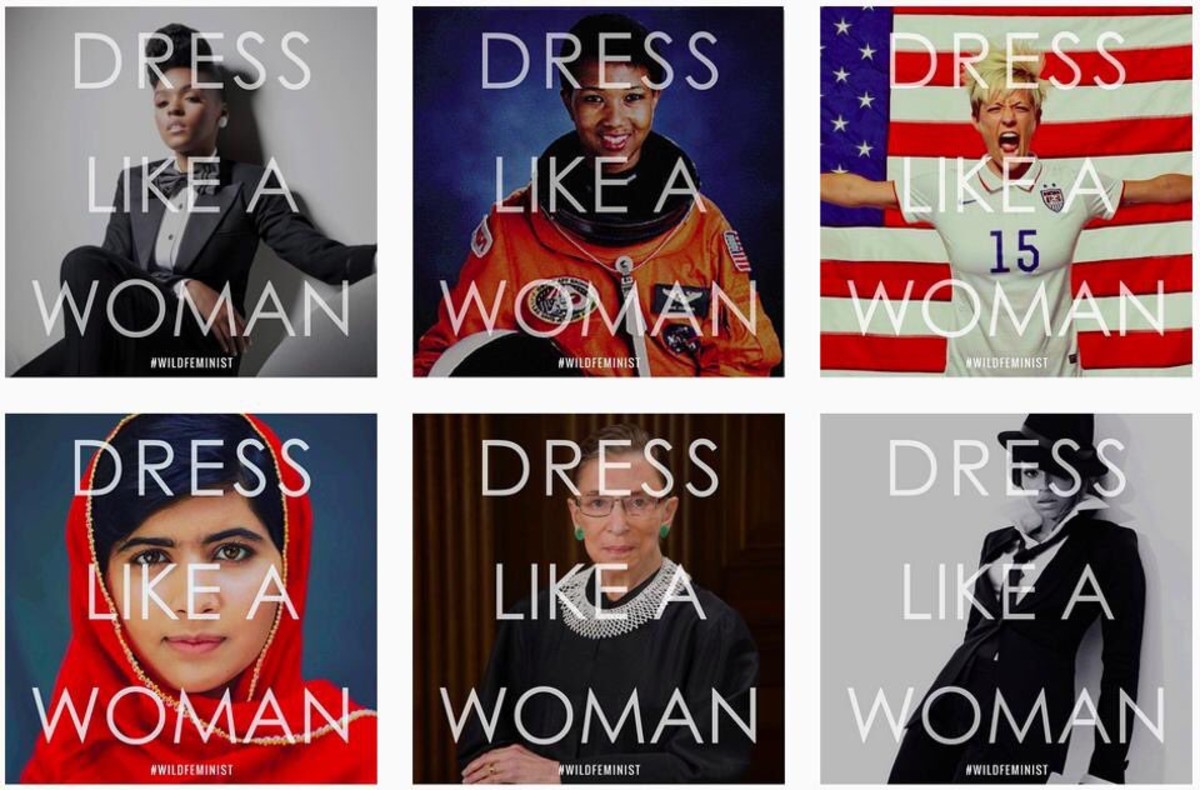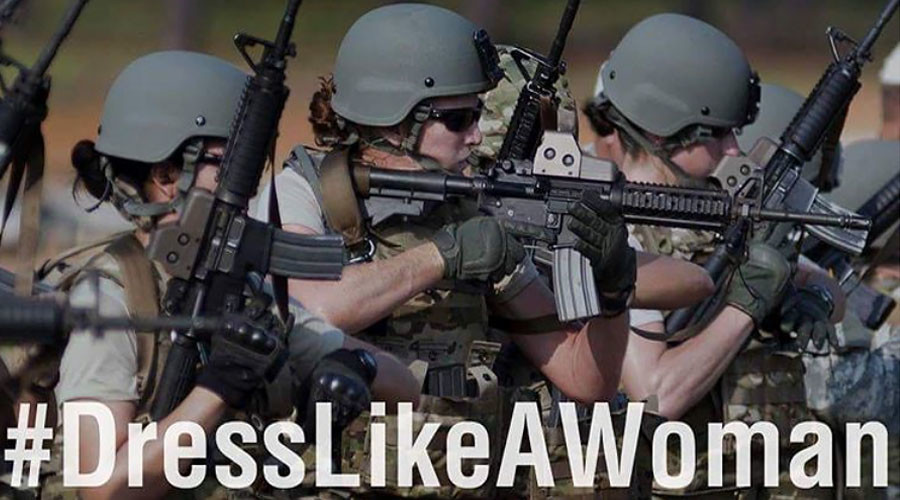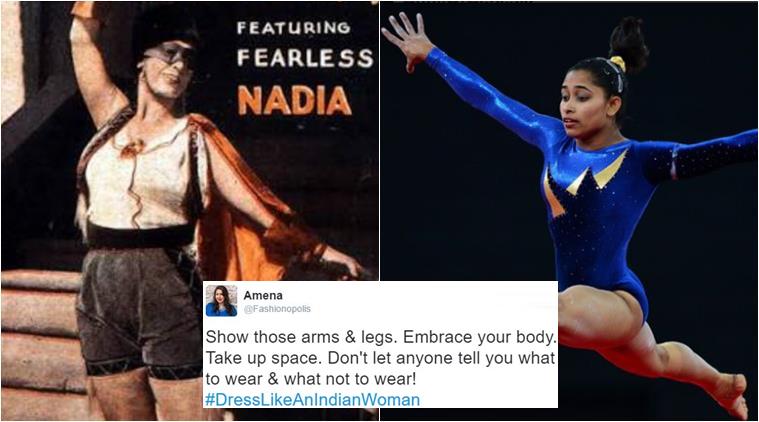Yesterday, a trending hashtag caught my attention – #DressLikeAWoman. On further investigation, I found out that this was trending due to the newly appointed President Trump. According to an anonymous source, it seems that President Trump has asked all female staff at the White House to ‘dress like a woman’. The source said that the President prefers women to wear skirts and dresses. Reportedly, even women who worked in the field offices during the campaign, who were going door-to-door canvassing, felt pressured to wear dresses.
Although none of these rumours have been confirmed by the White House, Trump’s preference for women to dress in a particular ‘feminine’ way has been reported many times in the past. In an Associated Press investigation, where more than 20 former Apprentice (the show owned and hosted by President Trump) cast and crew were interviewed, an ex-contestant disclosed that during one season, “Trump called for female contestants to wear shorter dresses that also showed more cleavage.” In response to this revelation, women across the world have retorted on social media with #DressLikeAWoman, sharing pictures of professional women, from scientists to soldiers, at work, dispelling all stereotypical notions revolving around a woman’s clothes. Thus #DressLikeAWoman started trending.


Close on the heels of this, is a similar story in our own backyard. Recently, the Principal of Mumbai’s Government Polytechnic College was quoted as saying that wearing masculine clothes causes hormonal imbalances in girls. This is not new for us. In India, we are accustomed to hearing politicians and various guardians of morality proclaiming that the cause of all gender based violence is a woman’s dressing, and the solution to all problems is to dress like a woman. Women’s clothes seem to have a direct correlation with the extent of harassment they face. At the same time, women are meant to look feminine, as per societal standards and definitions. It is heartening to note however, that Indian women too started responding by posting various pictures of how to #DressLikeAnIndianWoman.


At the offset the two incidents might seem to be talking about different issues. Trump’s alleged preference has the objectification of women at its core and how ‘looking’ like a woman as per societal norms, is important for the job. On the other hand, the Mumbai Principal suggests the solution of modest dressing as a cure for all sexual harassment. However, the core of both the issues remain the same- that a woman’s appearance surpasses all. There is so much importance given to the way a woman dresses, how she carries herself, and what signals she gives, that the focus completely shifts from her potential as a person, or the role of perpetrators in harassing her.


One’s clothes must be in line with one’s career and comfort, not as per societal guidelines and preferences of their bosses. It is high time that the world, developed and developing nations alike, delink a woman from her clothes, stop sexualizing her appearance, and start focusing on her as a person.
At Centre for Social Research, we have been using social media for social change for a while now. Our campaigns #SochKeBol on verbal abuse, and #PasswordKyaHai on online safety, along with our crowdfunding for girls’ education via Global Giving, are excellent examples of how the power of social media can be used to effect social change. These issues are a prime example of how the world is connected via social media, and how a simple hashtag can bring people from across geographical boundaries together for a common cause.
Discuss this article on Facebook




